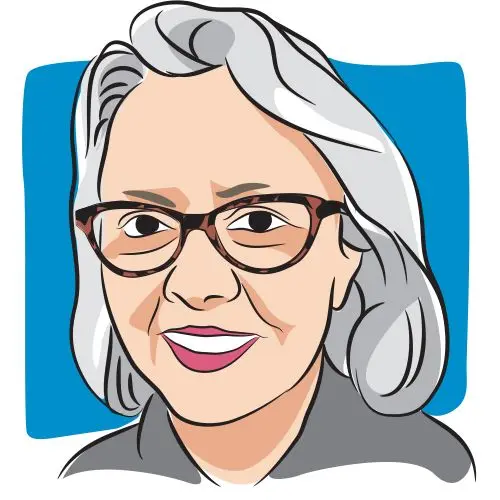News
Article
‘Queer Eye’ Star Thom Filicia on Myelofibrosis
Author(s):
A decade after becoming a bone marrow donor following his brother’s diagnosis of myelofibrosis, former “Queer Eye for the Straight Guy” co-star Thom Filicia is one of the partners behind the Mapping Myelofibrosis initiative.
Thom Filicia discusses bone marrow donation and myelofibrosis. Courtesy of GSK.

It’s been a decade since Thom Filicia, acclaimed interior designer and former co-star of “Queer Eye for the Straight Guy,” served as a bone marrow donor for his brother, Jules, who had received a diagnosis of myelofibrosis.
“It was a disease I knew nothing about, I’d never even heard of it before,” Filicia told CURE®. “So that, in and of itself, was a very unusual situation, to have to navigate that. … In (Jules’) situation, we needed to move very quickly. And, in his case, the most appropriate (treatment) at that time, was a bone marrow transplant, so that's what we needed to do.”
Myelofibrosis, as explained by the MPN Research Foundation, is a type of chronic blood cancer that involves the formation of excessive scar tissue in the bone marrow, impairing the patient’s ability to produce normal blood cells. It is part of a category of blood cancers known as myeloproliferative neoplasms, or MPNs.
“Myelofibrosis is a challenge, because first of all, it’s (a) very rare disease, we’re talking about 25,000 people in the United States have this, maybe one in 500,000 people worldwide have this disease, so it’s a very rare disease,” explained Dr. Andrew Kuykendall of the department of malignant hematology at the Moffitt Cancer Center in Tampa.
The presentation of myelofibrosis can also vary from patient to patient, as Kuykendall explained.
“People can either present with just abnormal blood counts, they can present with painful abdominal pain or splenomegaly, where their spleen is enlarged or other organs can be enlarged, (or) it could be from having fevers, chills, night sweats, bone pain, a lot of symptoms that bring them to that healthcare,” Kuykendall said. “And so, it's one of those things where all those people could come with a variety of symptoms yet receive the same diagnosis. And I think that that's challenging because it doesn't necessarily present in one way. There's no kind of map. We often say, ‘The disease doesn't read the textbook,’ and that's very true when it comes to myelofibrosis.”
A decade after the bone marrow transplant, Filicia says his brother is in great health, and he looked back on the transplant process as a “pretty seamless” experience.
“It was a good experience for both of us and a positive outcome, which is really great,” Filicia said. “I would say what it does in terms of (our relationship), we're blood brothers at a level that is very different than just being brothers because we now share the same DNA. And we've gone through this experience together, and it was a pretty impactful experience.”
Filicia has now partnered with biopharma company GSK to launch the online initiative Mapping Myelofibrosis, dedicated to raising awareness about the disease with input from organizations including the MPN Research Foundation and MPN Advocacy and Education International.
The initiative’s website, mappingmf.com, includes educational and informational materials as well as podcast episodes and stories from members of the myelofibrosis community of patients and loved ones, Filicia among them.
“To be a resource or to be impactful in that situation, you really need information, and you need to know that you're not the only person going through it, you need to understand what other people are going through, you need to be able to connect with a doctor like Dr. Kuykendall where they can explain things to you in a way that you understand it,” Filicia said.
“And that gives you hope, and that gives you the ability to, I would imagine, move forward in a positive, thoughtful, empowered way where you feel like you're making the best decisions that you can make, for your situation, with the best guidance that you feel comfortable with.”
Filicia and Kuykendall spoke with CURE®’s “Cancer Horizons” podcast about myelofibrosis, persistent misconceptions regarding bone marrow donation and the motivation behind the Mapping Myelofibrosis initiative.
For more news on cancer updates, research and education, don’t forget to subscribe to CURE®’s newsletters here.





